
How to run faster
Keely Hodgkinson, 800m silver medallist at Tokyo 2020
There is no magic way to get faster at running but there are a few things that beginners can do. The first is not to think only about going farther in distance, but also including interval or fartlek (literally, “speed play”) sessions, where you mix short periods of faster work with slower recoveries. So, say you run a 5km parkrun every Saturday; during the week, you might also do a longer run, an easier one, followed by an interval session where you go hard for a minute then jog or walk the next two.
The other things I recommend are drills, such as skipping, or high knees, where you run on the spot while lifting your knees towards your chest. I used to be an overstrider, but after 18 months of doing drills like this, I have fixed it. It’s a long process, but if you can fix the way you run, you will go faster. When it comes to racing, I do a very easy 10-minute jog to warm up, and then drills and strides – making sure I occasionally get my heart rate up to where it will be in a race.
Finally, I can’t stress enough the importance of allowing your body to recover after a hard workout. One of the biggest things runners fail to realise is that recovery is just as important as pushing yourself. Get the basics right: eight hours of sleep and eating well make a big difference.
How to take the perfect shot at goal
Ellen White, Team GB footballer, scored six goals at Tokyo 2020
The best way to improve your shooting is to have someone – a coach, parent or teammate – repeatedly throw a ball in from the side for you to finish. Make sure it comes in at different speeds and heights. In a game, it’s great when a ball is rolled into your path to smash in, but that rarely happens!
Make sure you practise with both feet, and work on getting into the right body position, whether the ball is at hip height or on the ground. It doesn’t matter if you miss; you are getting that repetition of movement and timing. Limit each session to around 20 shots, so each rep is diligent and the quality is so much better. That’s better than being out for hours, fatiguing yourself. If you go away annoyed, that’s OK – you have something to work on next time.
How to cycle faster
Chris Hoy, Six golds and one silver between Sydney 2000 and London 2012
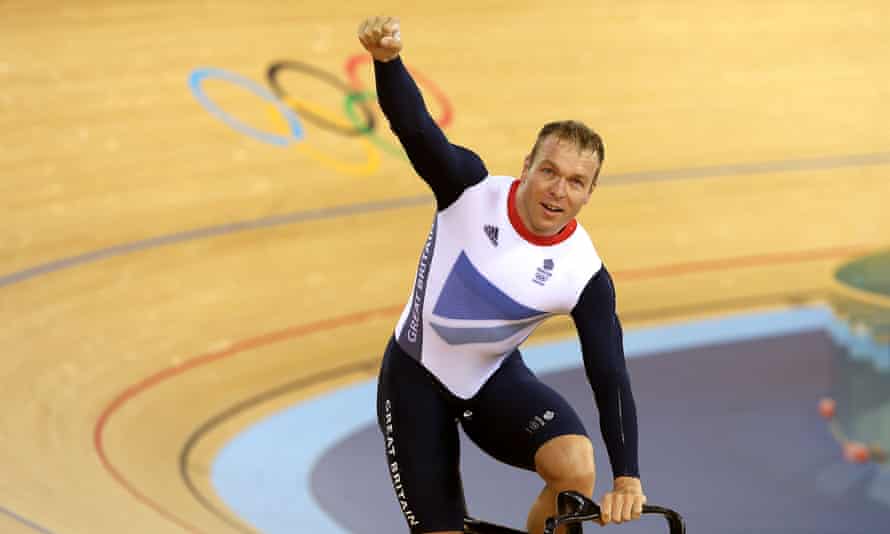
My top tip to improve your cycling is to get your saddle at the right height. That will make a big difference for both comfort and efficiency, and reduces your chance of injuring your knees or back. It will also help you go faster.
Start by leaning your bike against a wall or a fence. Get the pedals in the six o’clock position and then put your heels on the pedals. Not the ball of your foot, but the heel on the pedal axle. And when the pedal is at the bottom of the stroke, at six o’clock, you should have your leg fully locked out. That means when your foot is in the right position for pedalling; that is, when it’s the ball of your foot there, there will be a slight flexion in the knee. Just enough, and not too much.
People tend to have their saddle too low, and that can cause all sorts of problems with your knees, as well as meaning you aren’t getting full power from your legs.
When you get the height right you avoid all that – and also go faster.
How to swim the perfect front crawl
Alice Dearing, 19th place in the 10km swimming marathon at Tokyo 2020
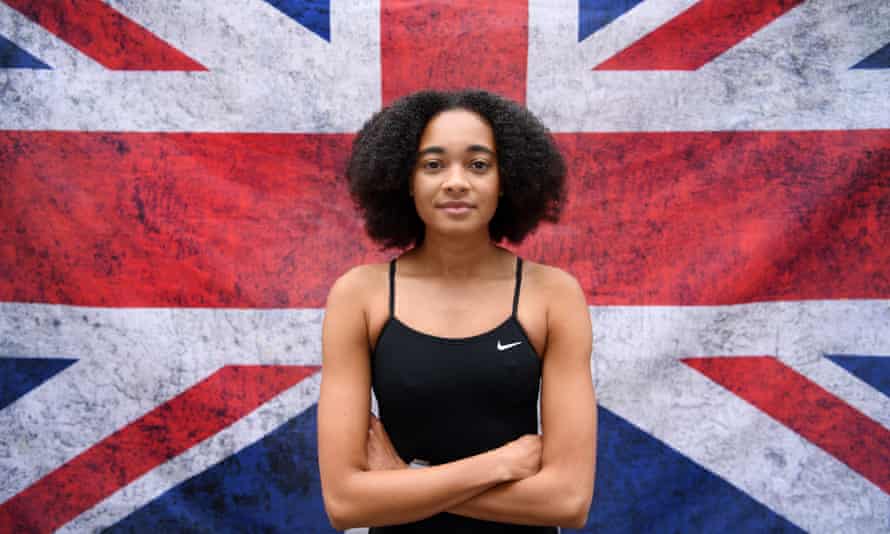
Anyone can swim. If you don’t know how or you want to improve, don’t be afraid to find a coach. Often they will start by getting you to float, face in the water, and then build from there. When it comes to swimming fast, technique and efficiency are key.
When you’re swimming the front crawl, when you kick, don’t bend at the knee – everything should come from the hips
When your shoulder comes over during a stroke, keep a high elbow and your arm close to your body. A great drill to do is a ripple, where you drag your fingertip through the water as your arm comes forward towards the front of the stroke: this will help you understand how acute the angle in your elbow should be. Move your arm through and “catch” the water at the front, then rotate your hips slightly, extend your arms and start to pull.
In terms of head position, I was taught “waterline on your hairline”, so your chin is tucked in a little, but that’s quite outdated. Most people look straight down at the bottom of the pool, with their head in a neutral position. When you kick, don’t bend at the knee – everything should come from the hips. But it should be a natural movement. Don’t force it.
Finally, don’t be afraid to take a step back to work on your technique. You can start building more strength and power once you get the stroke right.
How to improve your diving
Jack Laugher, Gold and silver at Rio 2016, bronze at Tokyo 2020

I always tell people to start from a one-metre board. It may sound strange, but when you dive from the side of the pool you hit the water earlier, and there is more chance you will belly-flop. On the board, you’ve got extra height, so if you maintain your position you’ll naturally rotate and go hands first into the water. When you start out, the key thing is to fall forward with a 180-degree rotation.
Next, try a pike fall. Make a pike shape by bending over at the hips, putting your hands in front of you and letting yourself fall into the water. Then add a small jump. You may over-rotate a bit at first, because you’re adding height and speed, but you will soon get the hang of it.
After that, it’s time to move to the three-metre board. You’ve got two more metres of fall to deal with, and more time to over-rotate, so it’s really important to keep your head up when you dive. Pick a spot where you’re hoping to enter the water, keep your eyes on it all the way, but ensure your head stays in a neutral position – move your eyes, not your head.
It is natural to be nervous, so trusting yourself is important. Try to lower your heart rate by taking deep breaths, closing your eyes and visualising the dive beforehand.
How to deal with pre-race nerves
Jonny Brownlee, Triathlete, bronze at London 2012, silver at Rio 2016 and gold at Tokyo 2020

Having nerves before a competition is absolutely normal. In fact, they are beneficial, as they get the adrenaline flowing and tell your body this is a race, not a training session. Most athletes also get negative voices in their head: that’s normal, too. It’s about having strategies in place to ensure they don’t stop you performing.
Every time I get a negative thought, I answer it with a positive one. So if it’s really hot, like it was in Tokyo, and the negative voice says, “No, you don’t perform well in heat,” then I remember all the heat preparation I did beforehand.
I am a very process-oriented person, so I deal with nerves by writing down a schedule for everything – when I’m going to leave the hotel, when I eat – and following that. Triathlon can be a nightmare sport because so many things can go wrong: you can get a puncture, have a crash. But I try not to worry about the things I can’t control.
Nerves also create a level playing field, whatever your level. Even now I can be at the start, thinking, “Why am I doing this to myself when I could be on a nice bike ride to a cafe in Yorkshire?” But you have to remind yourself that this is what you have worked so hard for, and try to enjoy it.
How to learn to sail
Giles Scott, Gold at Rio 2016 and Tokyo 2020
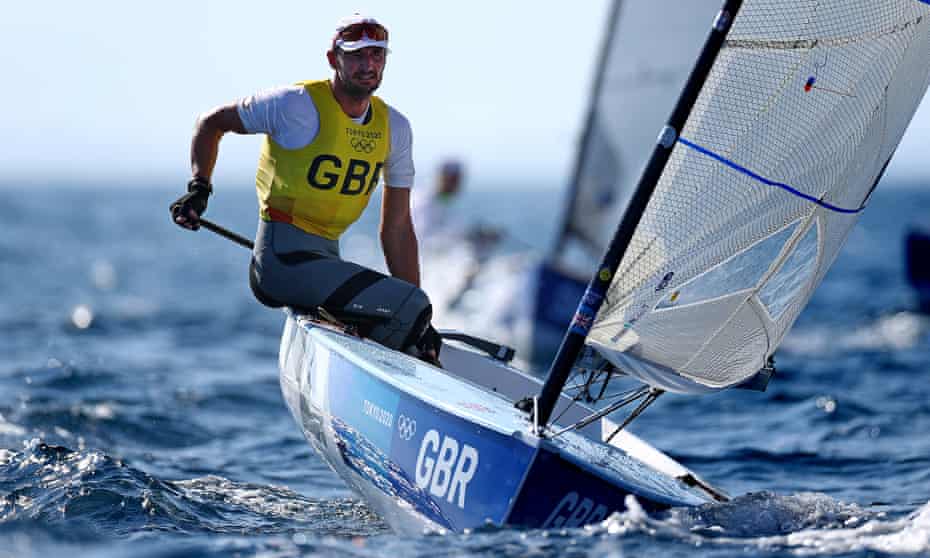
When you look at sailing from a racing point of view, it’s like sporting chess. But at a basic level, it’s simple. If you are logical, you’ll take to it pretty well, because there is a set of rules that apply to being able to get a boat around the water. And while at an Olympic level there’s obviously an incredible amount of physicality, at its core, it’s a thinking person’s sport.
The big thing that people often don’t realise is that sailing happens all over the country, on the sea but also inland – I learned to sail on a reservoir in Cambridgeshire. Every sailing club will have beginner’s courses. The best place to start looking is the Royal Yachting Association website (rya.org.uk). They offer free taster sessions for adults and kids.
Sailing has come a long way in the past 20 years, so money is no longer a barrier to having a go. The governing body works really hard to make it accessible through funding, and providing dinghy and yacht clubs with boats for beginners to get a flavour.
Another misconception is that you need to be a strong swimmer. Every time you go sailing you go out with flotation, so even if you fall in, you can’t sink.
Once you get into the sailing world, you realise how little you know. Every day is a school day, but no two days are the same. I think that’s why people get hooked for life.
How to skip properly
Galal Yafai, Boxer, gold at Tokyo 2020
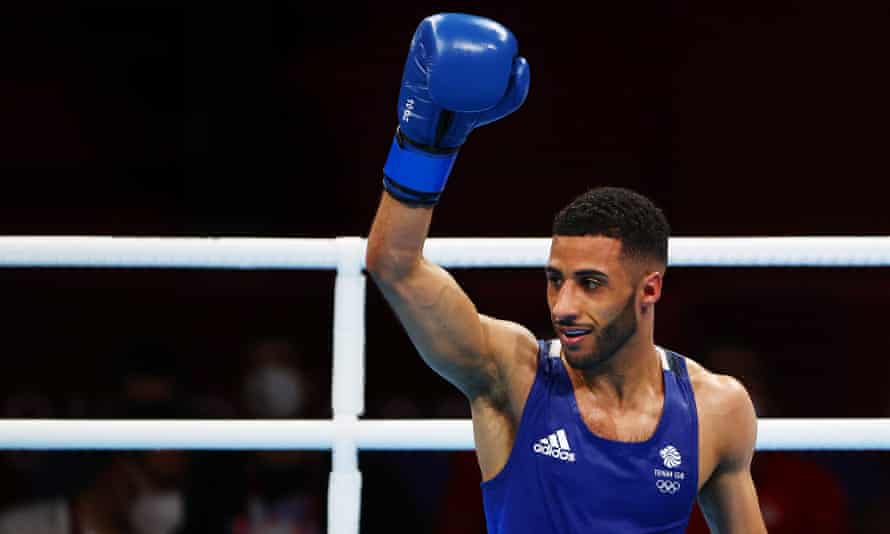
I first started skipping at 15, and like most people I was terrible when I started. But with a bit of practice you can pick it up, and it’s great for giving you strength in your legs, better stamina and a bit of rhythm, too. The other advantage is you can do it almost anywhere.
Quick Guide
Saturday magazine
Show
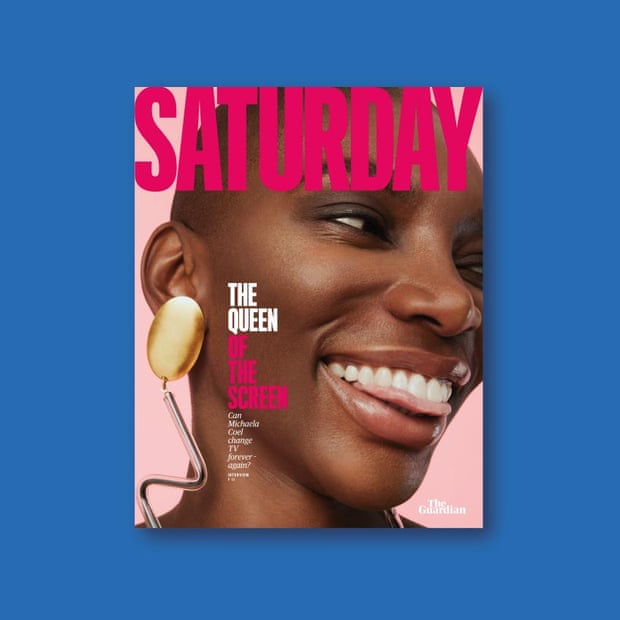
This article comes from Saturday, the new print magazine from the Guardian which combines the best features, culture, lifestyle and travel writing in one beautiful package. Available now in the UK and ROI.
The key thing is to make sure that your hands are roughly the same distance apart from the centre of your body, and that your elbows and shoulders don’t move too much. It’s the wrists that generate the motion. But, most of all, it is about repetition.
When you see a boxer skip, it’s like they are bouncing on one foot and then the other. The way I teach this is that as soon as your toe on one foot touches the floor, the other foot is already up. It sounds complicated, but so does driving a car. Once you pick it up, it feels as natural as anything.
One other thing: buy a thin, light plastic rope. It’s far easier to use because it goes around a lot quicker than a thick or heavy one.
